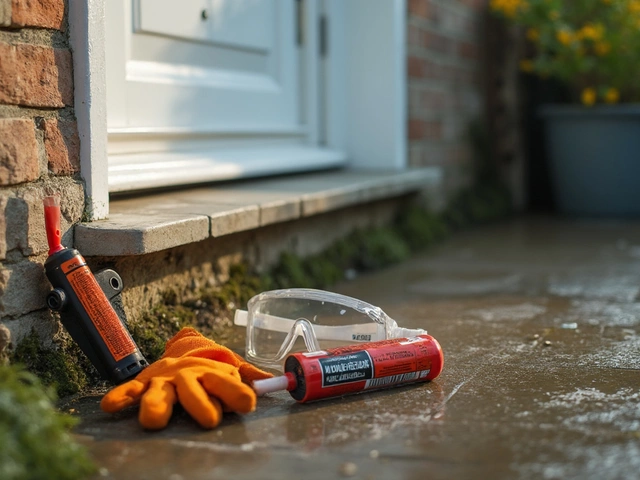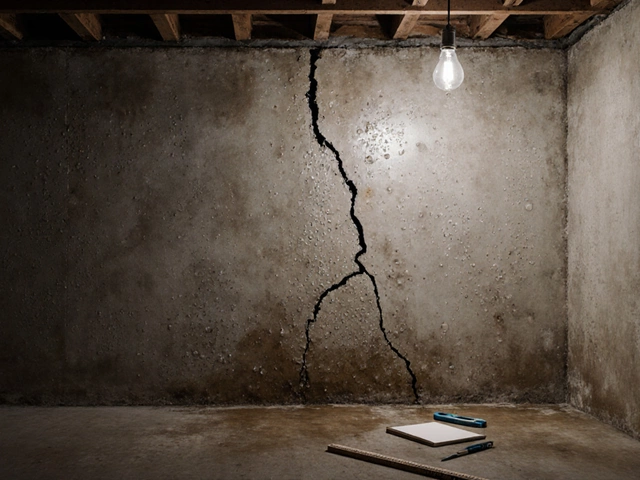Home Renovation Process: A Simple Step‑by‑Step Guide
Thinking about overhauling your house? It can feel overwhelming, but breaking the job into bite‑size steps makes it doable. Below you’ll find a straightforward roadmap that covers everything from the first checklist to the final polish.
1. Plan, Budget, and Get Permission
Start with a solid plan. Write down what rooms you want to change, what style you like, and how long you expect the work to take. Next, set a realistic budget. Include material costs, labour, permits, and a 10‑15% cushion for surprises. Speaking of permits, check with your local council before any structural work – a foundation fix, roof replacement or new bathroom will almost always need an official sign‑off.
2. Prepare the Site and Tackle Structural Work
Once the paperwork is sorted, clear the area. Remove furniture, protect floors, and set up a safe workspace. If you discover foundation cracks, address them now; ignoring them can lead to bigger damage down the line. For most homeowners, hiring a pro for foundation repair or roof work is cheaper than fixing a problem that got worse.
Next comes demolition. Pull out old cabinets, fixtures, or flooring only if you’re sure they’ll be replaced. Keep a trash bin handy and recycle where possible – it saves money and hassle.
Now focus on the “big‑ticket” tasks: framing, waterproofing, and rough‑in plumbing or electrical. If you’re installing a new kitchen, a dry‑fit session lets you test cabinet layout, counter height, and appliance placement before final installation. This step alone can prevent costly re‑work later.
3. Interior Finishes and Details
With the structure set, move to flooring, drywall, and paint. Choose durable flooring that matches your lifestyle – laminate, engineered wood, or tile each have pros and cons. If you’re on a tight budget, look for cost‑effective options that still hold up for years.
When you reach the bathroom, timing matters. The best months for a bathroom remodel are when contractors are less booked and materials are cheaper, usually early spring or late autumn. This timing can shave weeks off the schedule and lower labour rates.
Install fixtures, cabinets, and final plumbing connections. Double‑check that everything is level and securely fastened – a loose cabinet or misaligned tile can become a headache later.
4. Final Walk‑Through and Clean‑Up
Before you call the job done, do a thorough walk‑through. Look for any missed spots, test all lights, taps, and doors. Take notes and ask the contractor to fix any issues while they’re still on site.
Finish with a deep clean. Remove dust from vents, wipe down surfaces, and mop floors. A clean house feels like a finished project and helps you spot any lingering problems.
By following these clear steps, you’ll keep the renovation moving smoothly, stay within budget, and end up with a home that feels brand new. Ready to start? Grab a notebook, sketch out your vision, and take the first step today.
How Long Does It Take to Renovate a House?

Planning to renovate your house involves knowing how long it can take. The timeline can vary widely depending on several factors, such as the extent of the renovations and the size of the house. Understanding these elements can help you prepare for what’s ahead. From small updates to full-scale overhauls, this guide covers the essentials of scheduling your home renovation.
read more



